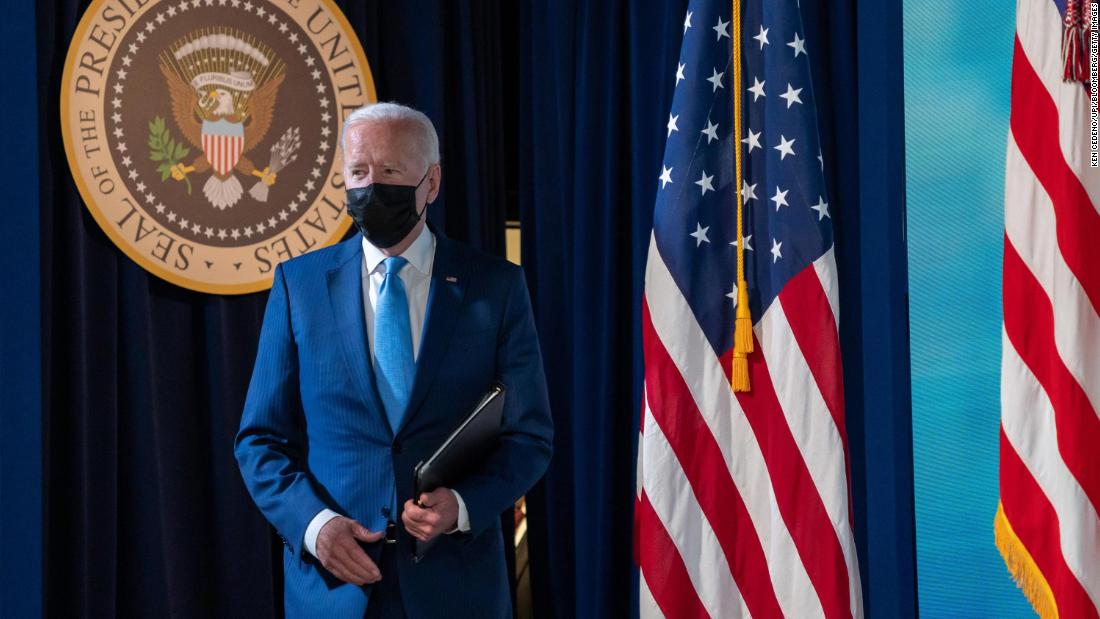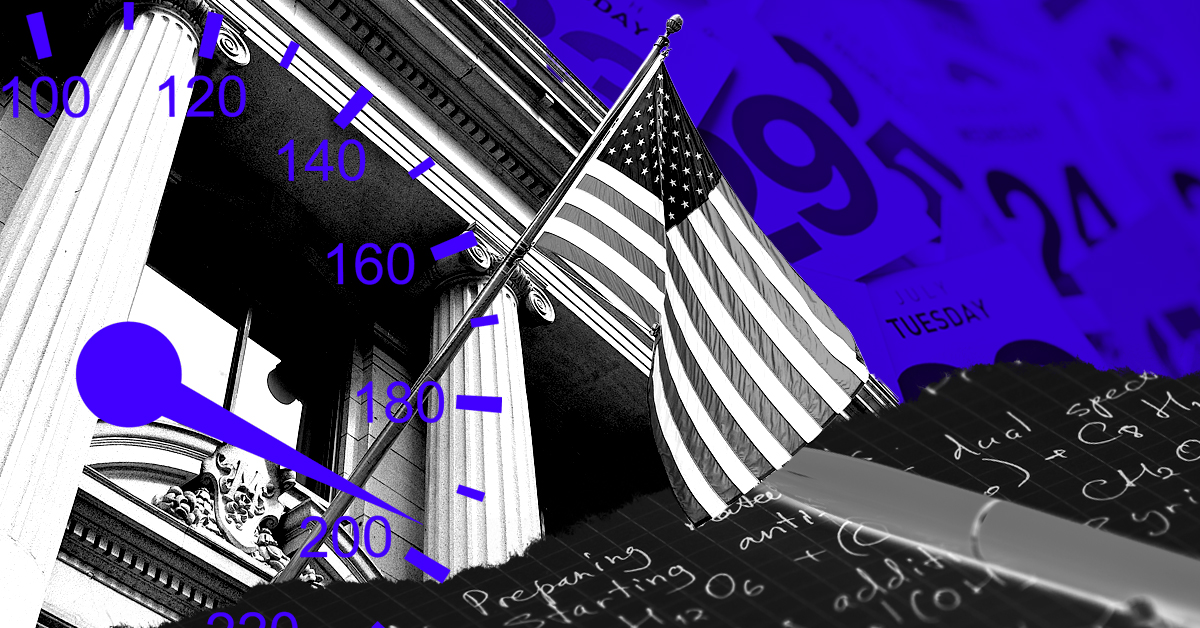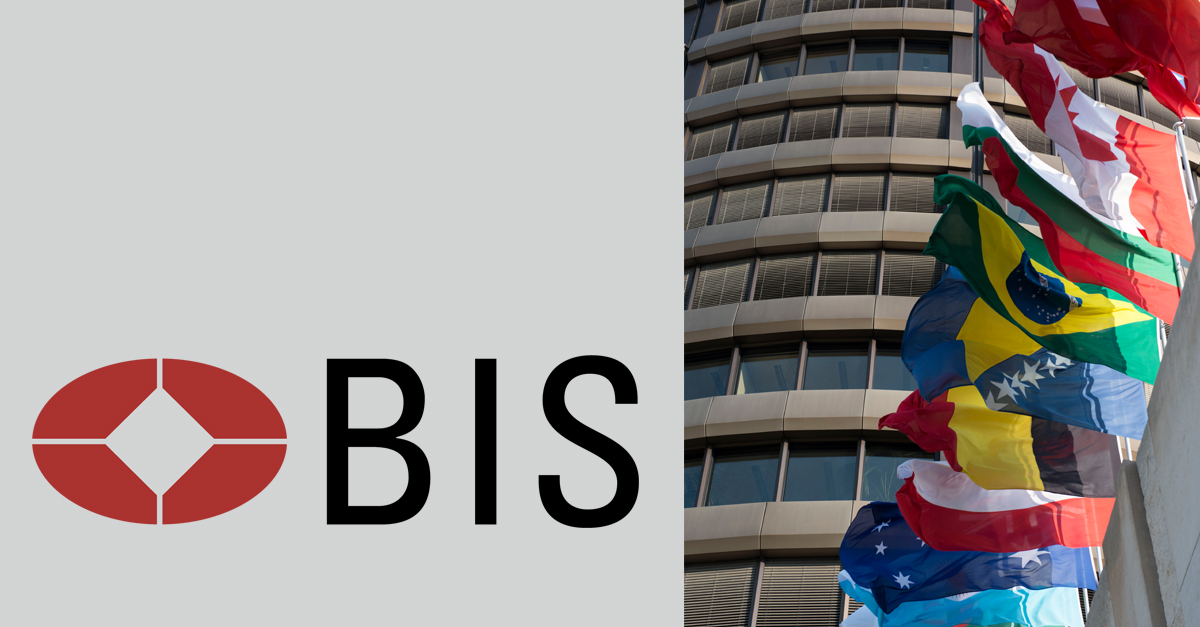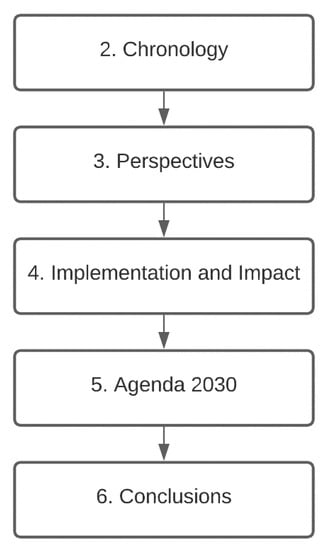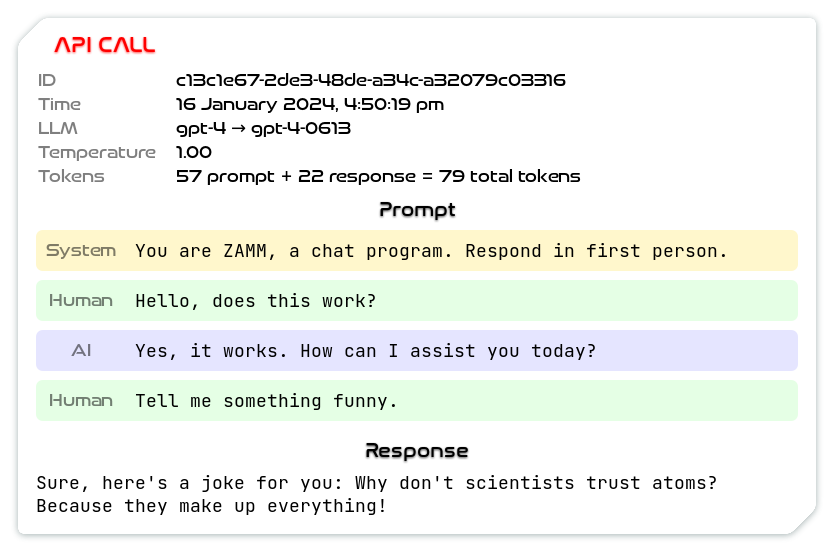
What the U.S. Loses When Americans Save Too Much
About the author: Robert Shapiro is the chair of the economic consultancy Sonecon. He was the undersecretary of commerce for economic affairs in the Clinton administration.
For two generations, economists and other custodians of financial propriety have chastised Americans for not saving enough. Getting the public to pay attention took a pandemic. Facing a real possibility that COVID-19 and the resulting economic havoc might leave them unable to pay their mortgages and feed their families, moderate- and middle-income Americans began saving as much as they could—and are now socking away now perhaps too much to support a healthy expansion for the U.S. economy as a whole. From April through June last year, Americans put away an astonishing 25.8 percent of their disposable income, compared with 7.3 percent over the same months in 2019. From March 2020 to April 2021, the personal saving rate averaged 18.7 percent—the highest rate for so long a period since World War II.
As the pandemic recedes, the economy faces a serious new challenge. The personal-saving rate remains high: 14.9 percent in April and 12.4 percent in May. With large unemployment benefits and waves of free cash now starting to recede in the country’s rearview mirror, the continuation of that high level of personal savings threaten a strong expansion into 2022 and 2023.



